Indian Almond Tree (Badam Tree), Terminalia catappa Plant – With Pot
₹629.00 Original price was: ₹629.00.₹289.00Current price is: ₹289.00.
- Free Shipping
- Same Day Delivery
Terminalia catappa also known as Sea almond or Indian almond (Badam Tree) which is perennial evergreen or dry deciduous, edible fruit and nut.
Common Name: Badam, Indian Almond
Family: Rosaceae
Genus: Prunus
Note: Pots will be provided as per the requirement of the plant.
Check Availability AT.
Description
The almond tree, scientifically known as Prunus dulcis, is a deciduous tree native to the Middle East and Mediterranean region. It belongs to the Rosaceae family, which also includes other fruit trees like cherries, peaches, and plums. The almond tree is primarily cultivated for its edible seeds, known as almonds.
Here are some key features and information about the almond tree:
- Size and Appearance:
- Almond trees can reach a height of 13 to 33 feet (4 to 10 meters), although cultivated varieties can be larger.
- They have a spreading canopy with numerous branches that form an open and airy structure.
- The trunk of an almond tree is sturdy and can become gnarled and rugged with age.
- Leaves:
- The almond tree has deciduous leaves, meaning they fall off and regrow with each seasonal cycle.
- The leaves are elongated and lance-shaped, with a serrated or toothed edge.
- They are typically bright green in color during the growing season.
- Flowers:
- One of the most distinctive features of almond trees is their beautiful and fragrant flowers.
- The flowers bloom in early spring, before the leaves emerge.
- Almond blossoms are usually pale pink or white and have five petals.
- The flowers are attractive to bees and other pollinators.
- Fruit:
- The fruit of the almond tree is technically a drupe, which consists of an outer husk, a hard shell, and the edible seed or almond within.
- The almond fruit starts out as a green husk, which gradually dries and splits open as the fruit matures.
- Inside the hard shell, the almond seed is usually light brown and has a smooth surface.
- The almond seed is the part that is harvested and consumed.
- Varieties:
- There are different varieties of almond trees, each with its own characteristics, including variations in tree size, bloom time, and nut quality.
- The two main types of almonds are sweet almonds and bitter almonds.
- Sweet almonds are the most commonly cultivated variety and are widely used in culinary applications and snacking.
- Bitter almonds contain amygdalin, a compound that converts to cyanide when ingested, and are primarily used for almond extract or oil.
Almond trees require specific growing conditions, including a Mediterranean-like climate with warm, dry summers and mild, wet winters. They are widely cultivated in countries such as the United States (particularly California), Spain, Italy, Iran, and Australia. Almonds are highly valued for their nutritional content and are used in various dishes, desserts, confections, and as a source of almond milk and almond oil.
Product Delivery Informations:
- The image displayed is indicative in nature.
- Actual product may vary in shape or design as per the availability.
- The number of leaves and the size of the plant depends on seasonal availability.
- Since flowers are seasonal in nature, flowering plants may be delivered without the bloom. Flowers, if present in plant, may be in fully bloomed, semi-bloomed or bud stage.
- Pots will be provided as per the requirement of the plant.
- Delivery will be attempted on the same day, but there may be a delay of 3-5 hours depending on the traffic and the weather.
- Our courier partners do not call prior to delivering an order, so we recommend that you provide an address at which someone will be present to receive the package.
- The delivery, once dispatched, cannot be redirected to any other address.
Almond Tree Plant’s Care Instructions:
Caring for almond trees involves providing the right conditions for their growth and ensuring proper maintenance. Here are some essential care tips for almond tree plants:
- Climate and Location:
- Almond trees thrive in Mediterranean-like climates with warm, dry summers and mild, wet winters.
- Choose a location that receives full sun exposure to promote healthy growth and fruit production.
- Soil:
- Almond trees prefer well-drained soil with a pH level between 6.0 and 7.5.
- Prepare the soil by incorporating organic matter like compost to improve its fertility and drainage.
- Watering:
- Provide regular watering during the tree’s active growing season, particularly in the first few years after planting.
- Ensure the soil is moist but not waterlogged. Almonds are relatively drought-tolerant but require consistent moisture during flowering and fruit development.
- Adjust watering frequency based on local rainfall and soil conditions.
- Fertilization:
- Almond trees benefit from regular fertilization to support their growth and productivity.
- Apply a balanced fertilizer specifically formulated for fruit trees in early spring, following the package instructions.
- Supplemental fertilization may be needed throughout the growing season if the tree shows signs of nutrient deficiency, such as yellowing leaves.
- Pruning:
- Prune almond trees during their dormant period, usually in late winter or early spring before new growth appears.
- Remove any dead, damaged, or diseased branches.
- Promote an open canopy by thinning out crowded branches to allow sunlight penetration and improve air circulation.
- Pruning can also help manage the tree’s height and shape.
- Pest and Disease Management:
- Monitor the tree regularly for common pests like aphids, mites, and scales. Treat infestations promptly with appropriate insecticides if necessary.
- Almond trees are susceptible to diseases such as fungal infections (e.g., blossom blight, hull rot) and bacterial infections (e.g., crown gall). Proper sanitation and disease prevention practices are crucial.
- Consult with local agricultural extension services or experts for specific pest and disease management strategies in your area.
- Harvesting:
- Almonds are ready to harvest when the outer hulls dry and split open, usually in late summer or early autumn.
- Shake the branches gently or use mechanical shakers to harvest the nuts.
- After harvesting, dry the almonds in a well-ventilated area to reduce moisture content and prevent mold.
Additional information
| Weight | 1.5 kg |
|---|---|
| Dimensions | 40 × 30 × 40 cm |
Only logged in customers who have purchased this product may leave a review.
You may also like…
-
- -56%
- Fruit Plants, Outdoor Low Maintenance, Outdoor Plant, Plants
Taiwan White Guava, Amrud Plant – With Pot
-
₹449.00Original price was: ₹449.00.₹199.00Current price is: ₹199.00. - Add to basket
Add to WishlistAdd to Wishlist -
- -57%
- Air Purifying Plant, Fruit Plants, Medicinal Plants, Outdoor Low Maintenance, Outdoor Plant, Plants
Anjeer Fruit, Common Fig Fruit, Fig Tree Plant – With Pot
-
₹579.00Original price was: ₹579.00.₹249.00Current price is: ₹249.00. - Add to basket
Add to WishlistAdd to Wishlist -
- -56%
- Fruit Plants, Outdoor Low Maintenance, Outdoor Plant, Plants
Taiwan Pink Guava, Amrud Plant – With Pot
-
₹449.00Original price was: ₹449.00.₹199.00Current price is: ₹199.00. - Add to basket
Add to WishlistAdd to Wishlist
Related products
-
- -49%
- Foliage, Indoor Plant, Official, Outdoor Plant
Phoenix Palm Plant – with Pot
-
₹779.00Original price was: ₹779.00.₹399.00Current price is: ₹399.00. - Add to basket
Add to WishlistAdd to Wishlist -
- -58%
- Air Purifying Plant, Hibiscus, Outdoor Low Maintenance, Outdoor Plant
Red Hibiscus/Gudhal Plant with Pot
-
₹569.00Original price was: ₹569.00.₹239.00Current price is: ₹239.00. - Add to basket
Add to WishlistAdd to Wishlist -
- -64%
- Air Purifying Plant, Aloe Vera, Flowering Plants, Medicinal Plants, Outdoor Plant
Aloe Vera Plant with Pot
-
₹699.00Original price was: ₹699.00.₹249.00Current price is: ₹249.00. - Add to basket
Add to WishlistAdd to Wishlist

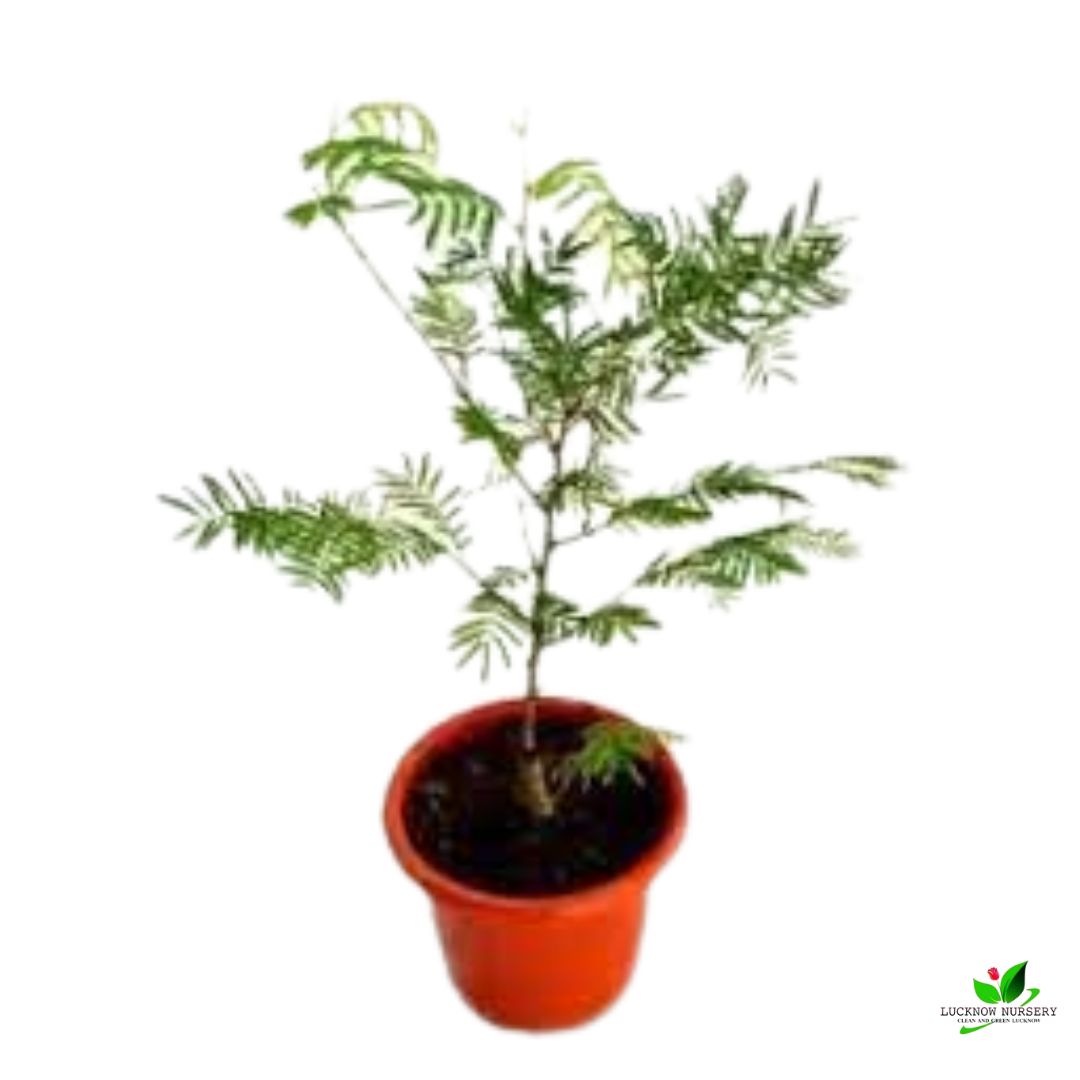
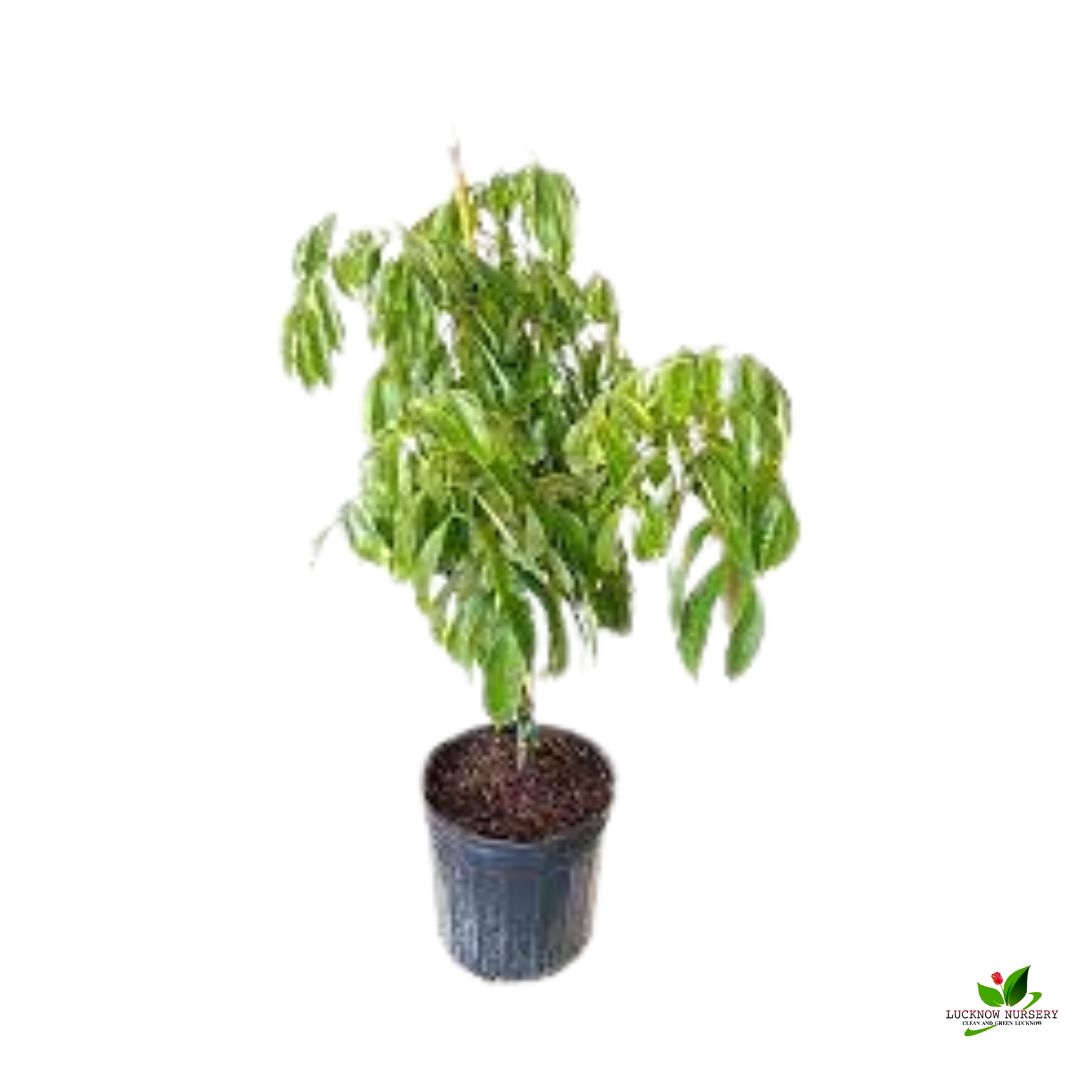
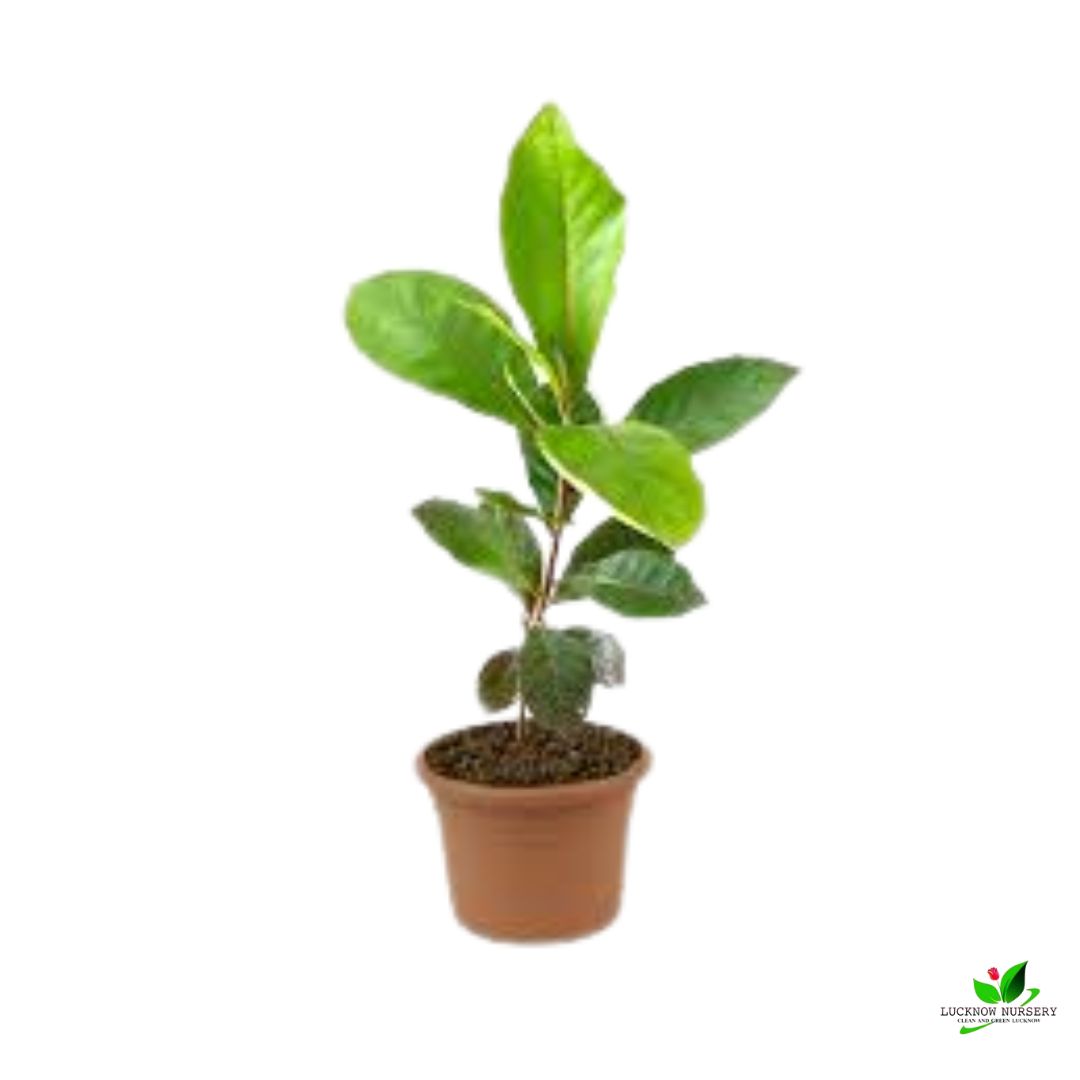
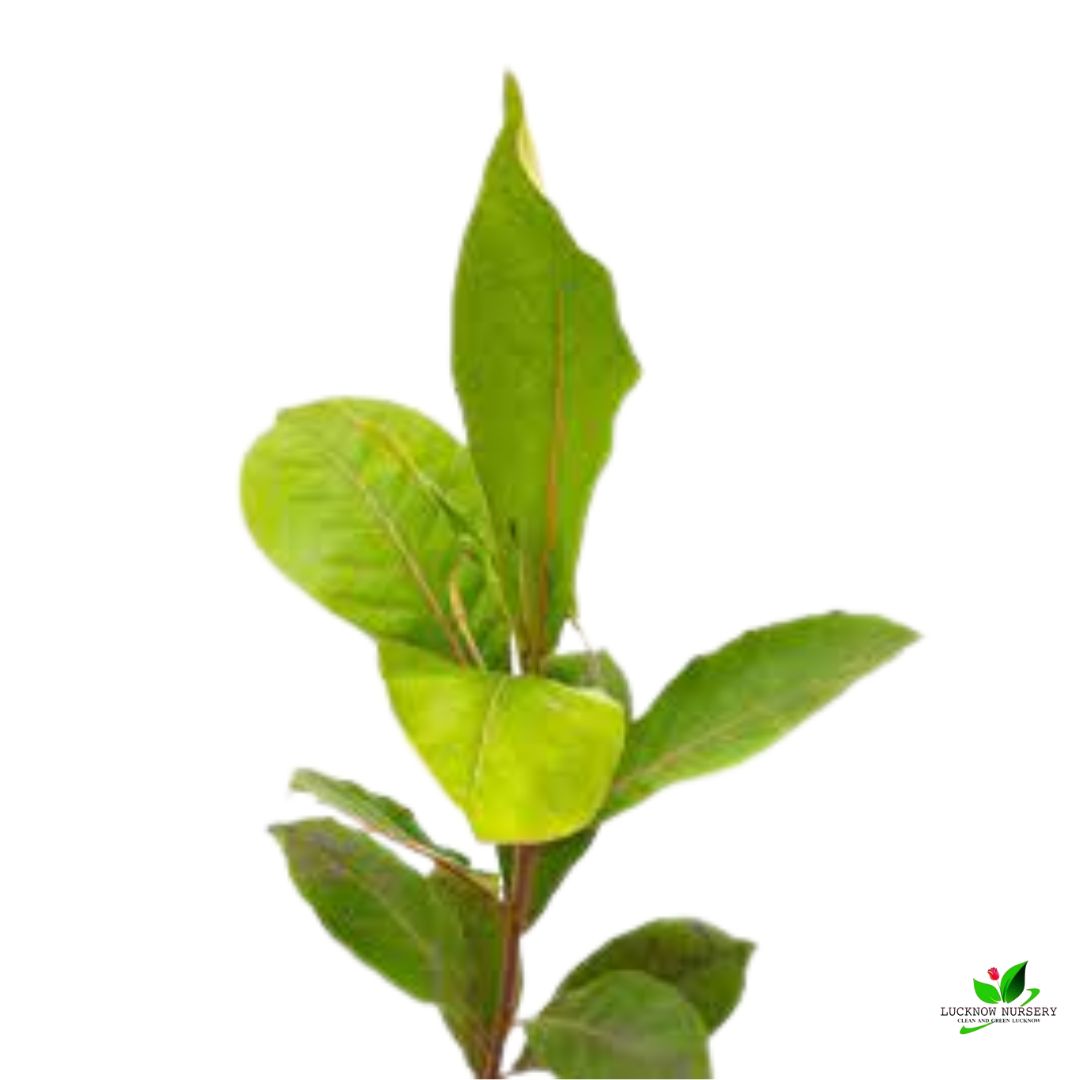
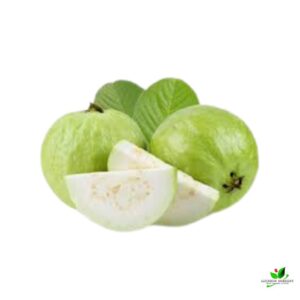
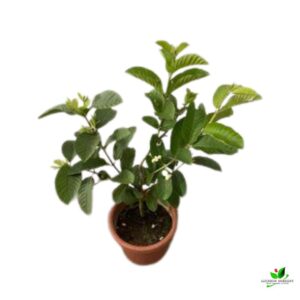
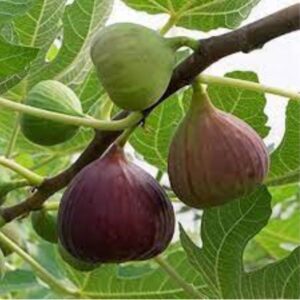
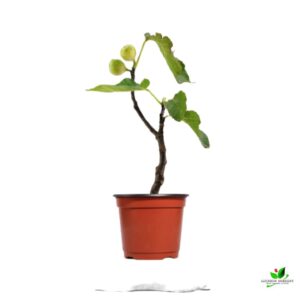
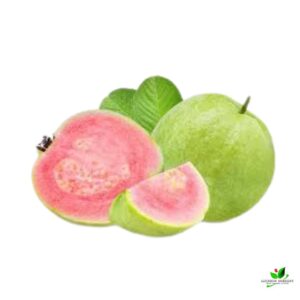
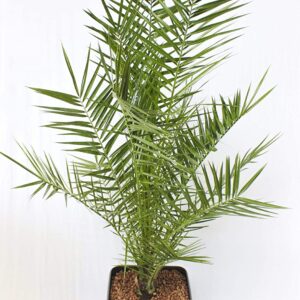
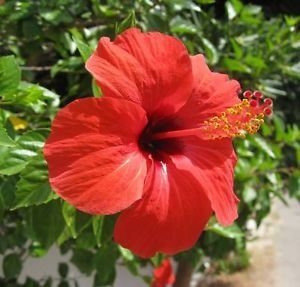
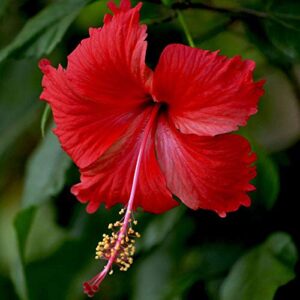
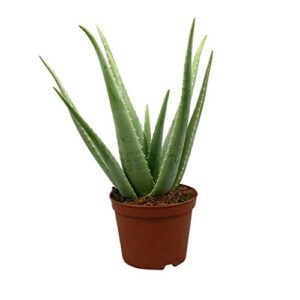
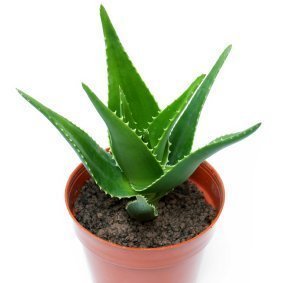
Reviews
There are no reviews yet.